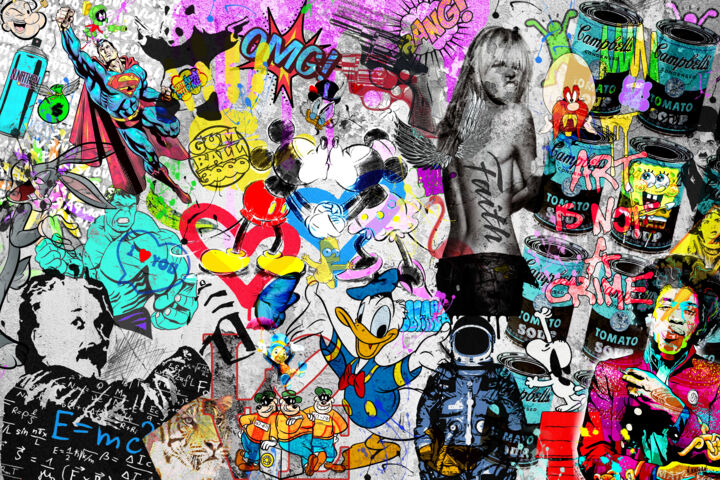Shop At Haya: Your Ultimate Shopping Guide
Discover the best shopping tips, trends, and deals for a smarter buying experience.
Pop Culture's Most Bizarre Fads: Why We Can't Look Away
Uncover the wild world of pop culture's weirdest fads and discover why we can't resist their strange allure! Dive in now!
The Rise and Fall of Pop Culture's Strangest Trends
Pop culture is a fascinating landscape characterized by its ever-changing trends, some of which are truly bizarre. From the viral dance crazes of the early 2000s to the bizarre fashion statements seen on platforms like TikTok today, strange trends often capture the public's imagination and create a sense of community. For example, the hula hoop craze in the 1950s brought forth a playful enthusiasm, while the brief phenomenon of pet rocks in the 1970s showcased how quirky ideas could become surprisingly popular. Such trends not only reflect the cultural context of their time but also reveal deeper social dynamics at play.
However, just as swiftly as these trends rise, they can just as quickly fall from grace. The same public interest that propels a trend into the spotlight can lead to its swift decline when it becomes oversaturated or outdated. Consider the rapid downfall of the planking craze, which was fun and harmless until the meme became stale and pushed the limits of safety. As we look back at the rise and fall of pop culture's strangest trends, it's clear that they serve as a mirror reflecting collective whims and the volatile nature of cultural relevance.

Exploring the Psychology Behind Our Obsession with Bizarre Fads
Human behavior is often influenced by a myriad of factors, and one of the most intriguing phenomena is our obsession with bizarre fads. These temporary trends, ranging from the Ice Bucket Challenge to fidget spinners, reveal much about our collective psyche. Psychologically, fads provide a sense of belonging and community, allowing individuals to connect with others through shared experiences. When something becomes popular, it creates a social pressure to participate, leading many to engage in these trends despite their often fleeting nature. This phenomenon can be attributed to conformity and the desire for social acceptance, making fads an impactful aspect of cultural psychology.
Moreover, our fascination with bizarre fads can be linked to escapism and novelty seeking. In a world that is often predictable and mundane, embracing a strange new trend allows individuals to break free from their routine and experience something exciting. This search for novelty triggers the brain's reward system, releasing dopamine and creating feelings of pleasure. As a result, people become enthralled with the latest and strangest trends, even if they seem nonsensical. By examining these elements, we gain better insight into the psychology behind our obsession with bizarre fads and the underlying human needs they fulfill.
What Makes a Fad Unforgettable? The Secrets of Pop Culture's Oddest Moments
Throughout history, certain trends and phenomena have taken the world by storm, quickly rising to fame before fading into obscurity. These moments, often described as fads, share common characteristics that make them unforgettable. One key element is the element of surprise; fads often emerge unexpectedly, captivating the attention of the masses, whether through social media virality or the influence of pop culture icons. For instance, the sudden popularity of the Ice Bucket Challenge showcased how a simple act could unify people globally for a cause, turning a mundane activity into a worldwide movement.
Another essential aspect of what makes a fad unforgettable is its ability to invoke strong emotions, whether that be joy, nostalgia, or even absurdity. Fads like Squid Game masks or fidget spinners not only create a sense of belonging among fans but often provide a form of escapism from everyday life. As these trends grip the public's imagination, they become cultural artifacts that represent a specific time period, leaving lasting impressions that can be revisited in conversations, memes, and even merchandise long after they have peaked.